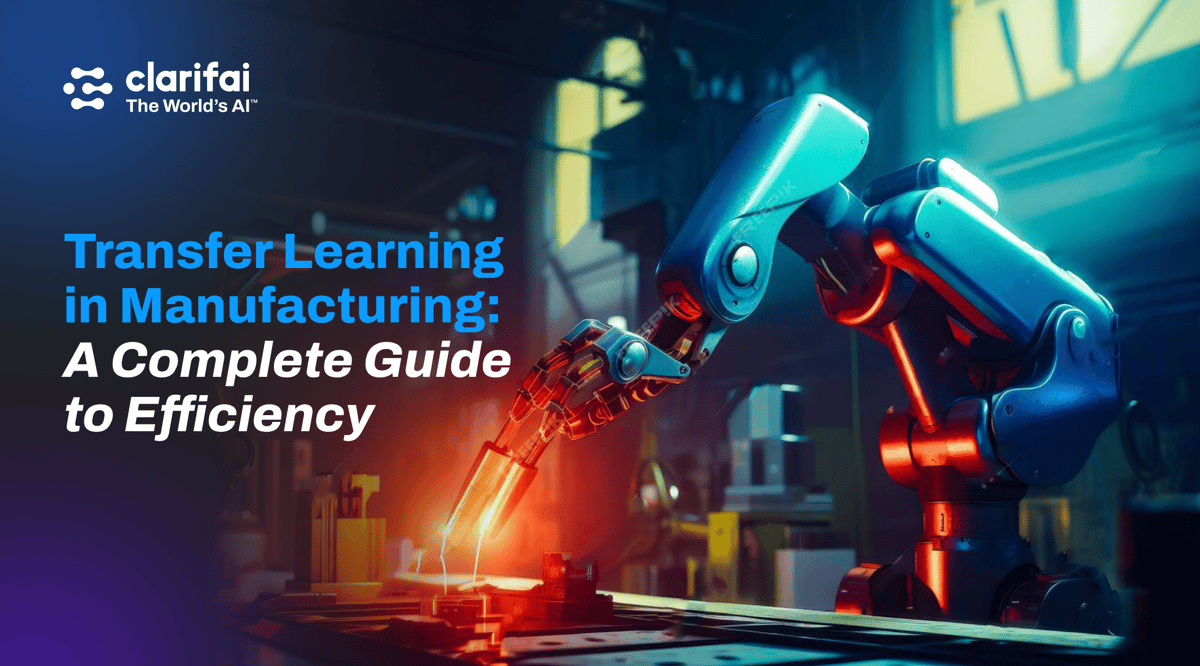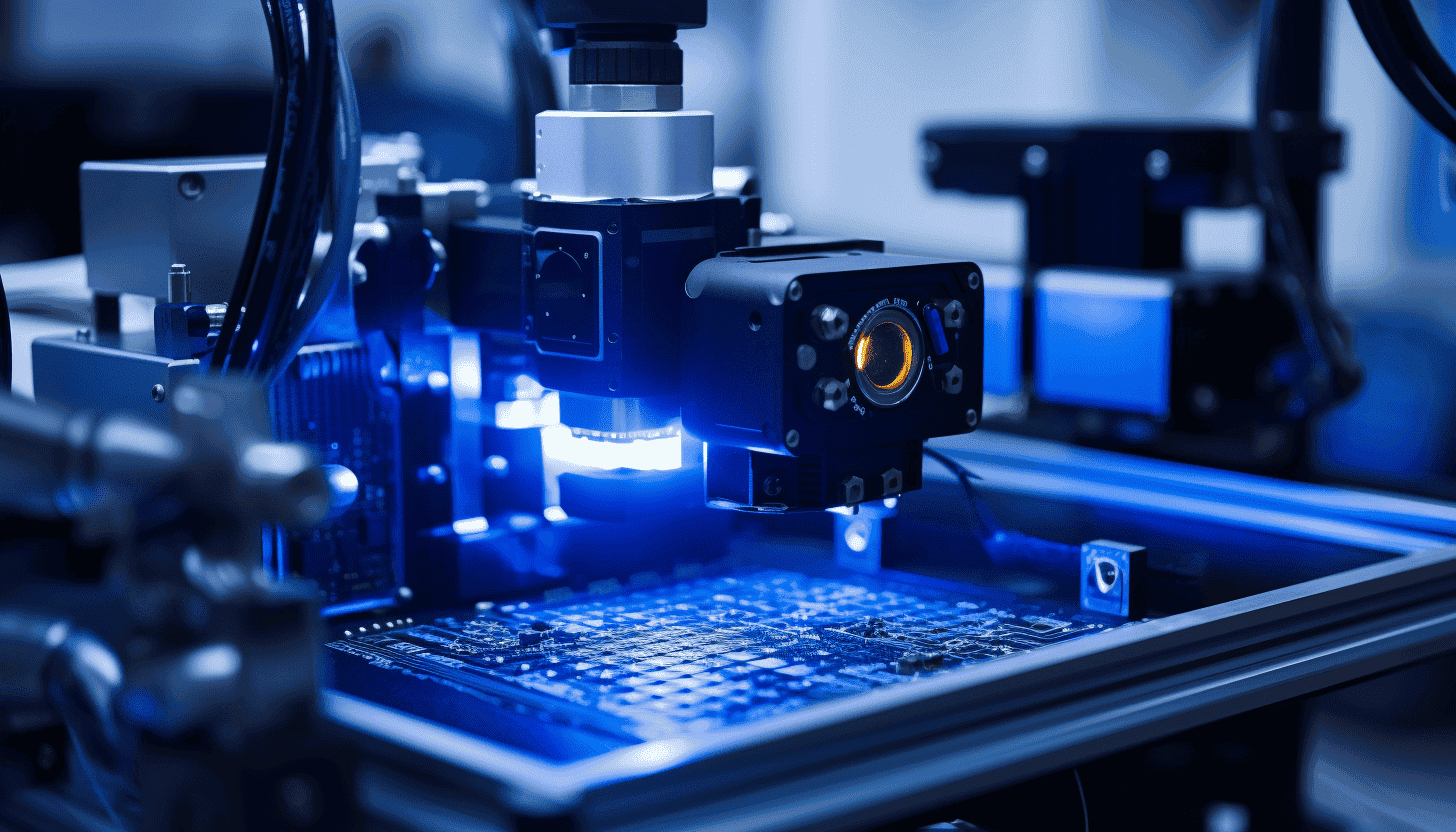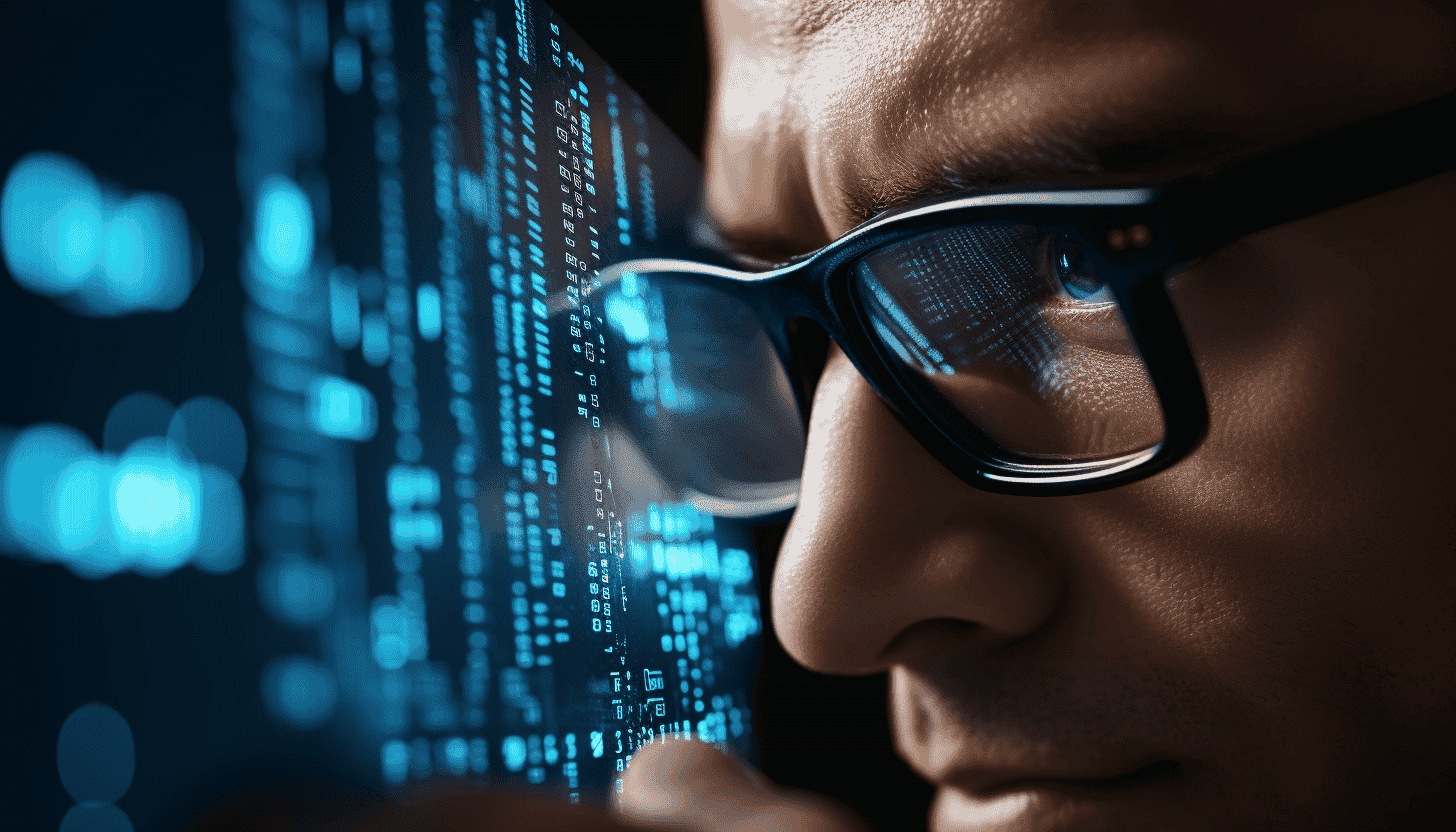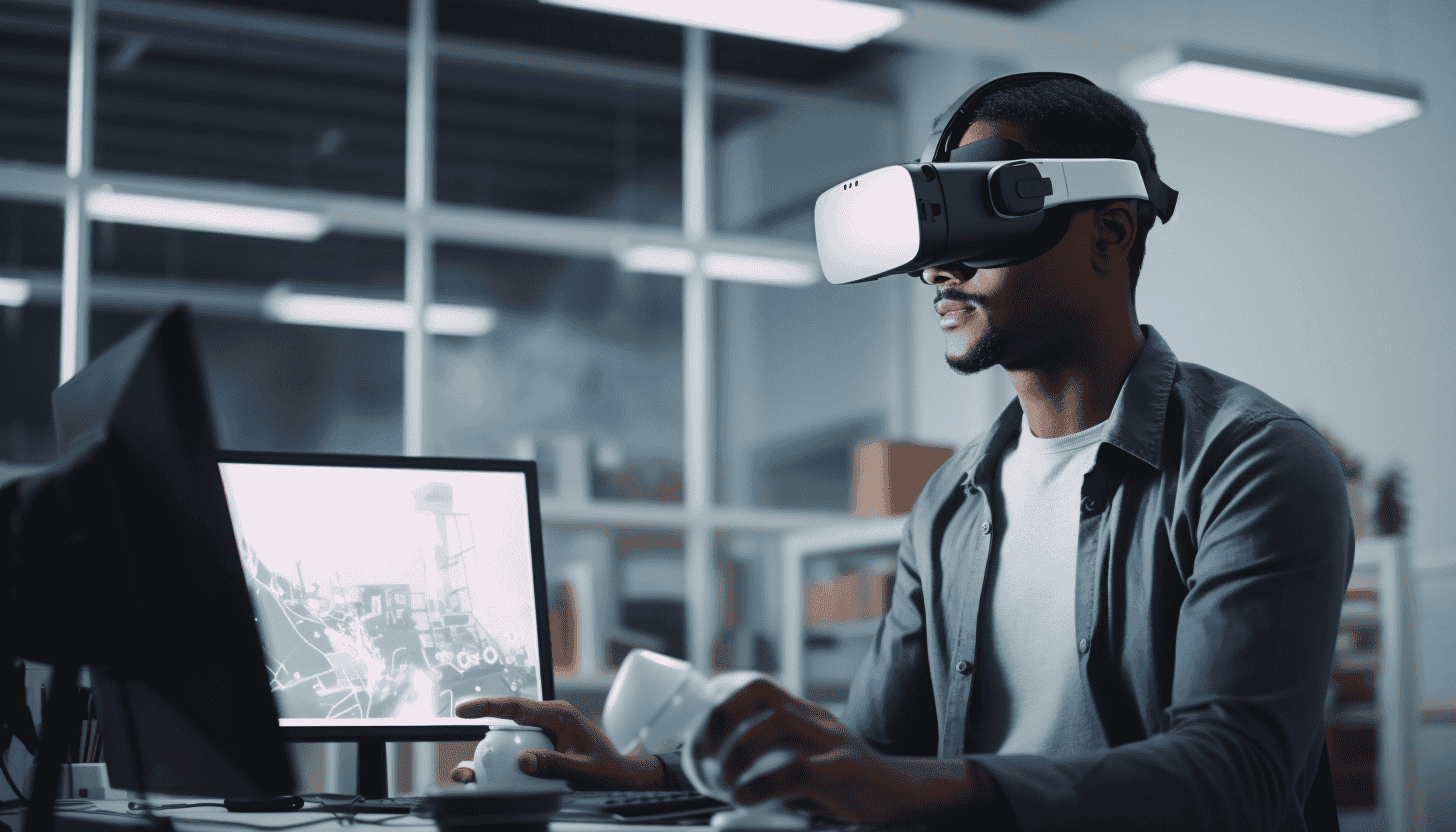
Transfer learning is a powerful technique. By leveraging a pre-trained model as a foundational building block for a new task, it accelerates the modeling process, especially when the domains of the source and target tasks share commonalities.
While transfer learning is often associated with domains like computer vision and natural language processing, its versatility extends far beyond these realms. For example: manufacturing.
Examples of Transfer Learning in Manufacturing
Transfer learning has found various practical applications in manufacturing, offering solutions that are both diverse and impactful. Here are a few real-world examples:
Identifying Optimal Production Conditions
Omron used transfer learning to analyze historical and real-time data to refine its production processes. Pre-trained models from similar production scenarios were fine-tuned to adapt to Omron's specific conditions. This led to operational excellence by optimizing factors like production speed, energy consumption, and raw material usage.
Optical Detection of Manufacturing Defects
Quality assurance teams use transfer learning to improve the optical detection of defects in printed circuit assemblies. Transfer learning models trained on general image recognition tasks are fine-tuned to specialize in identifying manufacturing defects. This has significantly reduced the number of defective products and led to higher customer satisfaction.
Predictive Maintenance
Transfer learning is employed to analyze sensor data to predict machine failures, thereby minimizing downtime and saving costs. Models initially trained on general sensor data are adapted to specific manufacturing equipment.
Quality Control
Automated quality checks are carried out using transfer learning algorithms. Pre-trained models are fine-tuned to the specific quality metrics of the manufacturing process, thus automating the quality control procedures and reducing the need for manual inspections.
Process Optimization
Transfer learning is utilized to analyze patterns in sensor data to fine-tune manufacturing processes, resulting in more efficient operations and higher-quality products.

How Does Transfer Learning Improve Efficiency in Manufacturing?
In the dynamic world of manufacturing, efficiency is paramount. Companies are on a relentless quest to optimize operations and enhance product quality. Transfer learning has established itself as a powerful tool to this end. But how?
- Efficient Learning: Transfer learning models, unlike their traditional counterparts, don't start from scratch. They leverage knowledge from other domains, enabling faster and more accurate learning. This efficiency is a boon for manufacturing, where time is a precious commodity across the business model.
- Improved Accuracy: Precision is crucial in manufacturing. Transfer learning, with its ability to harness pre-existing knowledge, ensures that processes are not only swift but also accurate, leading to superior outputs.
- Reduced Data Requirements: In manufacturing, data collection can be a significant overhead, especially with complex products and processes. Transfer learning alleviates this by minimizing the data needed for training, thus saving both time and money.
- Predictive Maintenance: Transfer learning's prowess extends to predicting machine failures, allowing for timely maintenance and reduced downtime.
Transfer learning is a multifaceted tool in manufacturing, enhancing efficiency at multiple levels and offering manufacturers a competitive edge.

What Are Some Potential Drawbacks of Using Transfer Learning in Manufacturing?
While the advantages of using transfer learning in manufacturing are well-established, the technique is not without drawbacks. Some of these represent more general problems with transfer learning, but they are important to restate in the context of manufacturing:
Domain Mismatch
Transfer learning relies heavily on the assumption that the source and target domains share some similarities. If this is not the case, the effectiveness of the model can be compromised. Manufacturers may find that the pre-trained models are not as effective as anticipated, leading to suboptimal performance and potentially costly adjustments.
Overfitting
A pre-trained model that is too specialized may perform exceptionally well on the training data but poorly on new, unseen data. This could lead to unreliable outcomes in manufacturing processes, affecting product quality and operational efficiency.
Limited Interpretability
Complex models, especially deep learning models, can be like "black boxes," making it difficult to understand how decisions are made. In manufacturing this lack of transparency can be a regulatory issue and can also make troubleshooting and fine-tuning more challenging.
Computational Complexity
Large, complex models require significant computational resources for both training and inference. This can be a challenge in resource-constrained manufacturing environments, leading to increased operational costs that may not be viable.
Data Scarcity and Quality
Manufacturing often lacks large, diverse datasets, making it challenging for algorithms to generalize well. The effectiveness of transfer learning models may be compromised, requiring additional data collection and preprocessing efforts.
High Problem Dynamics
Industrial processes are often dynamic, changing over time. This can make previously effective models and datasets obsolete. Manufacturers may need to continually update their models, adding to the complexity and cost of maintaining AI systems.
Training Costs and Energy Requirements
Constant retraining to adapt to changing conditions can be resource-intensive. The lifecycle cost of maintaining a transfer learning model can be high, affecting the return on investment (ROI).
Best Practices for Using Transfer Learning in Manufacturing
To maximize the advantages and minimize the challenges of using transfer learning in manufacturing, it's crucial to follow a set of best practices. Here are a few best practices to start with:
Choose a Relevant Pre-Trained Model
- Detail: Start by identifying several candidate pre-trained models that are relevant to your manufacturing task. Evaluate each model's architecture, the size of the neural network, and the complexity of its layers.
- Why It Matters: A model closely aligned with your task will likely require fewer adjustments, saving computational resources and accelerating the deployment process.
- Action Steps: Research available models in public repositories, read related academic papers and consult experts to identify the most suitable pre-trained models..
Ensure Domain Similarity
- Detail: Conduct a thorough analysis to assess how similar the source domain is to your target manufacturing domain. This could involve comparing data distributions, feature spaces, and task objectives.
- Why It Matters: A high degree of domain similarity ensures that the knowledge transfer is effective, reducing the need for extensive fine-tuning.
- Action Steps: Use statistical tests to compare data distributions and consult domain experts to evaluate the relevance of the source domain to the target domain.
Fine-Tune the Pre-Trained Model
- Detail: Adapt the chosen pre-trained model to your specific manufacturing task by fine-tuning its parameters. This often involves training the model on a smaller, task-specific dataset.
- Why It Matters: Fine-tuning allows the model to adapt to the specific nuances and requirements of your manufacturing task, thereby improving its performance.
- Action Steps: Divide your dataset into training, validation, and test sets. Use the training set for fine-tuning and the validation set for hyperparameter tuning.

Evaluate the Model's Performance
- Detail: Rigorously evaluate the fine-tuned model using a variety of performance metrics such as accuracy, precision, recall, F1 score, and area under the ROC curve.
- Why It Matters: Comprehensive evaluation provides a clear understanding of the model's strengths and weaknesses, informing your decision on whether it's ready for deployment.
- Action Steps: Use the test set that the model has not seen before for this evaluation. Perform multiple runs to ensure the results are consistent.
Monitor and Update the Model
- Detail: After deployment, set up monitoring systems to track the model's performance in real-time. Be prepared to retrain the model as the manufacturing environment evolves.
- Why It Matters: Continuous monitoring allows for timely updates, ensuring the model remains effective as conditions change.
- Action Steps: Implement logging and alert systems to notify you when the model's performance drops below a certain threshold. Plan periodic retraining sessions.
Address Computational Constraints
- Detail: Assess the hardware and computational resources required to run the model efficiently. This includes understanding the memory, CPU, and GPU requirements.
- Why It Matters: Being aware of these constraints helps in planning for the necessary infrastructure, avoiding bottlenecks during deployment.
- Action Steps: Conduct pilot tests to measure the model's resource consumption. Based on these tests, plan for hardware upgrades if necessary.
By diligently following these best practices, manufacturers can not only harness the full potential of transfer learning but also navigate its inherent challenges more effectively.
Harnessing the Synergy of Transfer Learning for Operational Excellence in Manufacturing
Transfer learning brings forth a balanced mix of opportunities and challenges in manufacturing. A deep understanding and adherence to best practices enable manufacturers to harness this innovative technology to its full potential, refining processes and solidifying their market presence through improved product quality and operational excellence.
To see how Clarifai helps leaders in the manufacturing space meet their goals and flourish, see here.







